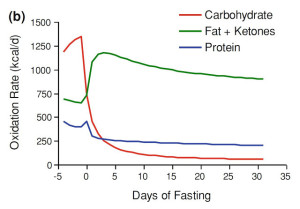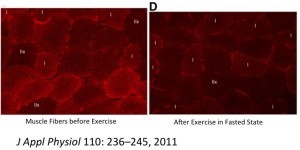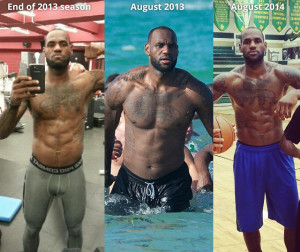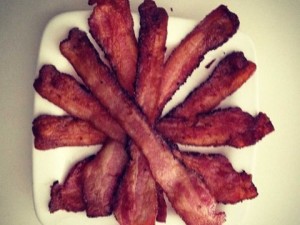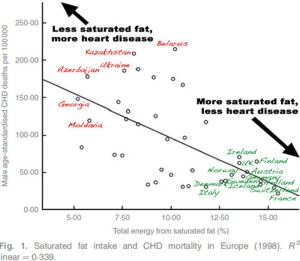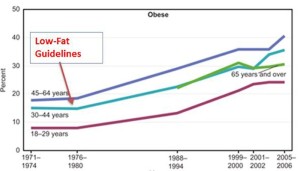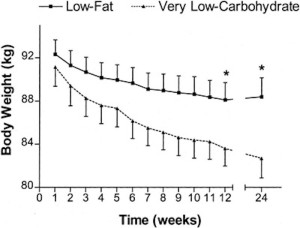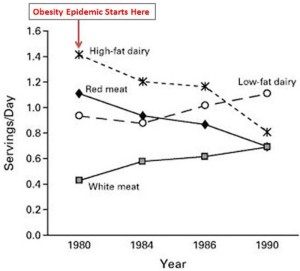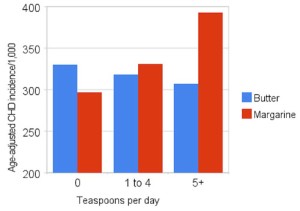What is “processed” food anyway? We’re talking about foods that have changed form, and are therefore different from how they occur in nature.
The more processed foods you eat, the less nourished you become.
Why are foods processed? To protect them from bad bacteria and to make them more visually appealing, packageable, marketable, and shippable. It’s all a matter of convenience.
American “cheese” isn’t made from curds and whey – it’s a nightmarish mix of what was once milk, along with artificial flavors, colorants, preservatives, and gummy texturizers.
White bread is made from flour so processed that it is almost pure starch, and it is barely recognizable as a wheat product – but it’s fluffy and white, and that’s what everyone uses to make PB&J!
These products are so fake that classifying them as “food” is quite a stretch.
Even whole healthy foods are processed. Vegetables are sprayed so that they can be stored longer – potatoes may be six months old before you eat them!
They’ve been treated to stop them from sprouting “eyes.” Chicken is dipped in chlorine bleach to kill surface bacteria and make it turn white when cooked. Apples are waxed for storage and shine.
Read the ingredients list – how many things do you recognize? How many are “extracts,” “from concentrate,” or just scary scientific words?
Processed foods are bad for the body and mind in so many ways. For one thing, they contain all sorts of artificial ingredients like preservatives and colorants that cause reactions in the digestive, immune, and nervous systems.
Furthermore, processed foods lack many crucial nutrients found in whole foods.
Common Highly Processed Foods
Bleached and Highly-refined Flour
Refined grains are devoid of fiber, vitamins, and minerals, leaving nothing but starch and a small amount of protein in these products. White bread, pasta, and baked goods are the main culprits. It’s these refined, simple, high glycemic carbs that you need to avoid. They’re quickly digested and cause your blood sugar to spike, and your body immediately either uses or stores them (as glycogen and/or fat).
A better option is to opt for whole, complex, quality carbohydrates such as bajra, rajgira, buckwheat, or you can try minimally processed whole-grain breads and pastas.
Refined Sweeteners
Too much sugar stresses your body – your pancreas struggles to produce insulin, and your body stores excess glucose as fat. Artificial sweeteners exacerbate cravings, disrupt gut bacteria, and cause glucose intolerance.
Minimizing your sugar intake is the first step, but changing the way you choose to appease your sweet tooth can make a big difference in how you feel! Ditch the aspartame, high-fructose corn syrup, and even agave nectar.
Refined, Trans-fat or Partially-hydrogenated Vegetable Oils
Many oils are hydrogenated, a process that makes them solid, but also creates trans-fats. These are the unhealthy fats that increase bad and decrease good cholesterols and cause heart disease and diabetes. They’re unsaturated, cheap, and processed, and they are used in most fast foods, take-out, and fried foods.
A better option is to toss the canola. Stick to extra virgin olive oil (which is extracted by machine only), animal fats like butter, lard, ghee, and unrefined coconut oil.
Processed Meat
The main culprits are salt and nitrates, which are used to preserve pinkness. These two items have been extensively linked to an increase in risk of colorectal cancer. Processed lunch meats have so many other bulking agents, additives, and preservatives that it’s better to avoid them altogether.
The Bottom Line
By focusing on consuming whole foods with little processing, you will minimize your intake of artificial additives and preservatives, some of which can be dangerous.
The best advice I can give you is to make time to read ingredient labels and make sure you understand what you’re eating.
If you don’t recognize something, don’t buy it! Go to the store more often and stick with the KISS method – minimally-processed, natural, whole foods. Your body will thank you for it.

